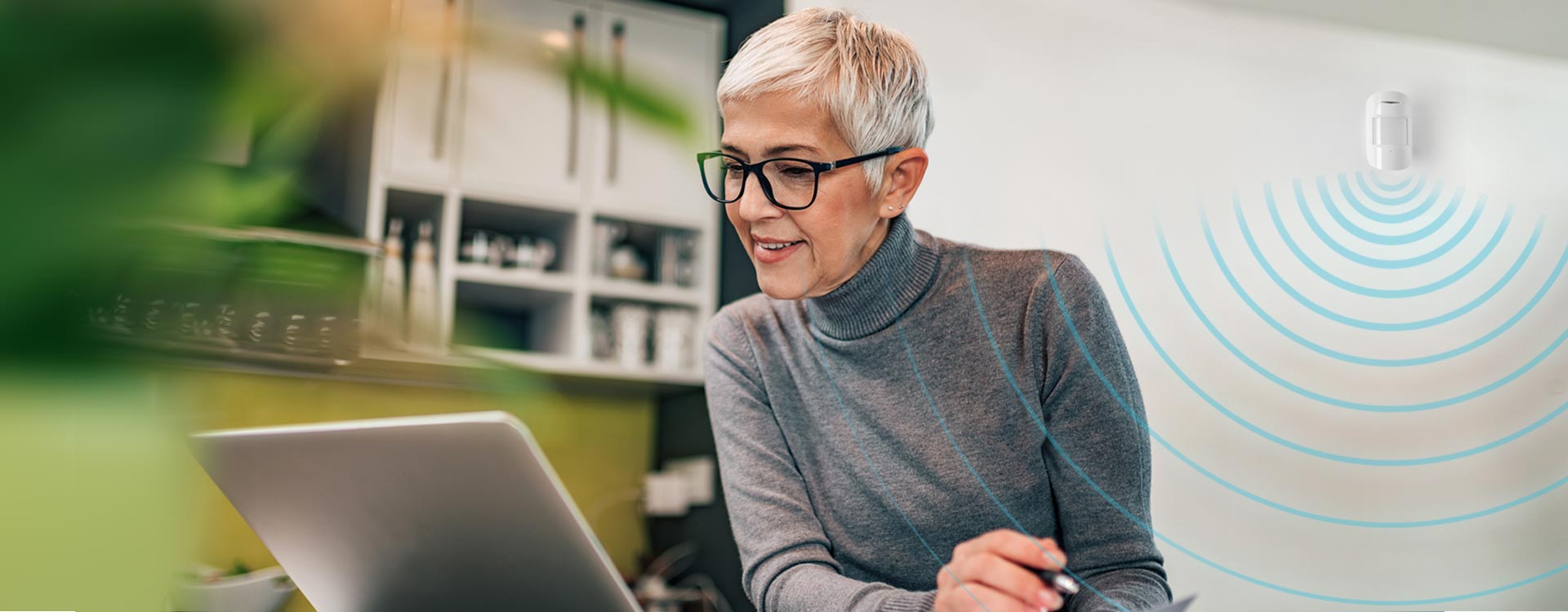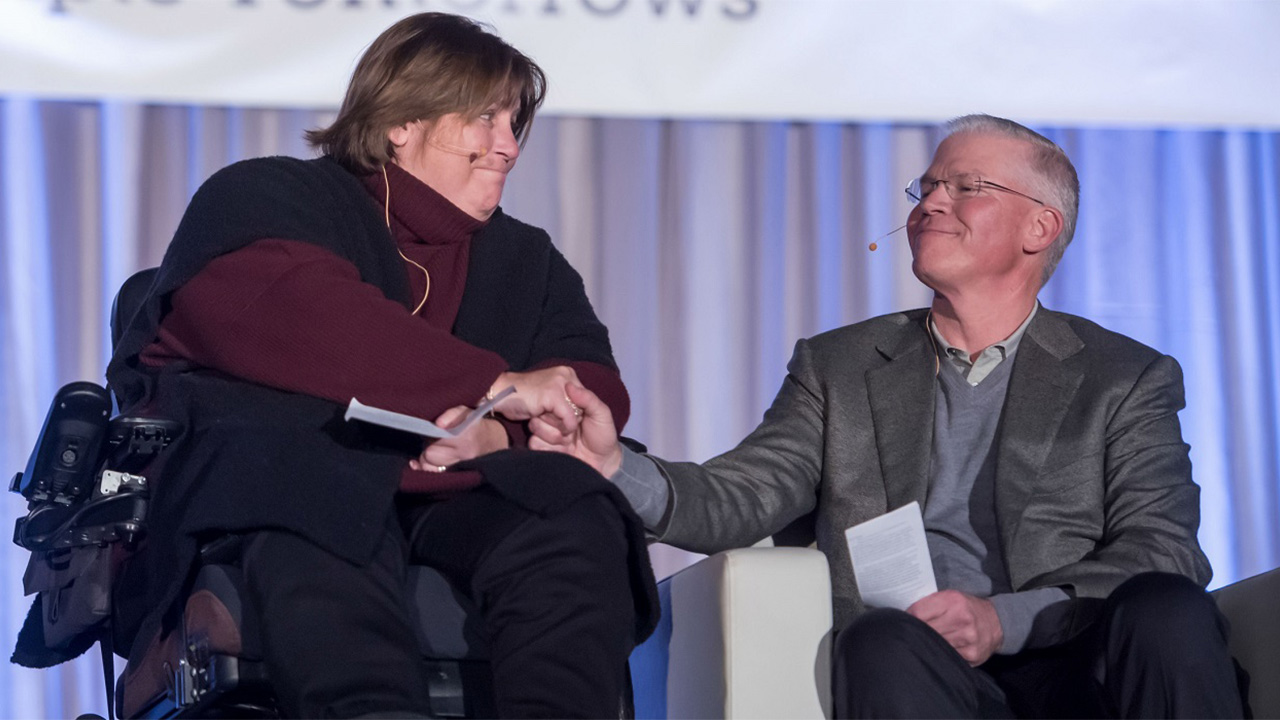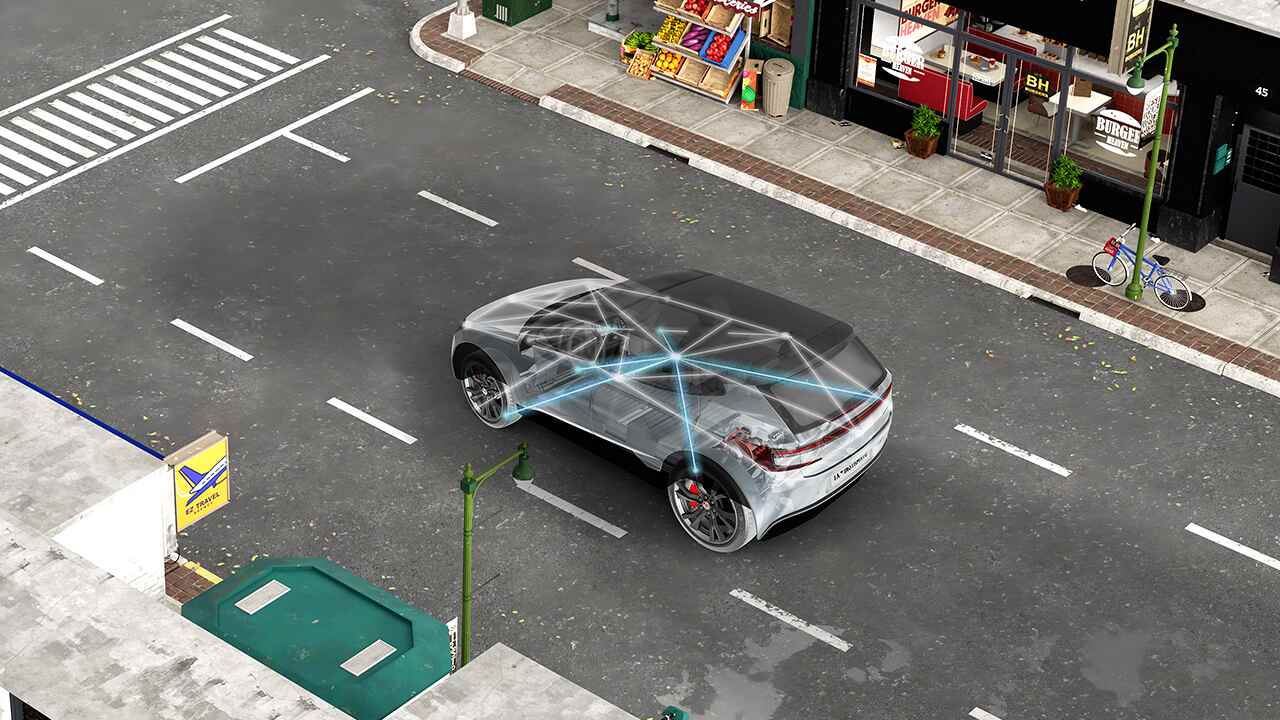Cost-effective, accessible technologies – sensors, wearable monitors and data – are creating new opportunities to care for the senior population.

Picture the scene: Your mom, or grandma, lives in a senior independent living community and has been up all night. Her caregivers know this because they can see data from her smart TV, which shows that she was channel surfing throughout the night. Motion sensors indicate that she is in her apartment and mobile. But her bed sensor never went off, so she didn’t get into bed. Her caregivers can also see that she’s away from her walker. And, the medication she’s taking makes her drowsy.
Bottom line: She has an increased risk of falling. Her caregiver calls her, but she doesn’t answer. Her risk score is now elevated, so her caregiver immediately goes to her apartment to check on her.
This isn’t a scene from the future — the technology is available today, whether your loved one is living at home or in an independent living community, being cared for in an assisted living facility or aging in place at a continuing care retirement community.
Advances in technology not only can help to improve the quality of life for the senior community but also help to keep them out of the hospital — a critical factor considering that 3 million senior patients per year are treated in emergency rooms for fall injuries, according to data from the U.S. Centers for Disease Control.
The size of the senior population keeps growing. By 2030, roughly one in five U.S. residents will be 65 or older and, soon after that, that age group will outnumber that of minors for the first time in history. Globally, the senior population is expected to grow to 1.6 billion by 2050.
From lack of mobility to memory loss, there is surging demand for cutting-edge technology to ease the burden on both the aging generation and their caregivers. Tools that are both cost-effective and accessible -- such as sensors, wearable monitors and big data -- have never been more useful for caring for seniors.
Giving freedom and privacy with in-home sensors
In a study by AARP, more than 85% of respondents older than 65 said they’d like to stay in their own homes as long as possible. One major barrier to that is the high risk of falls.
In-home sensors, a relatively new technology, give users freedom and help prevent complications from common issues such as falls, while protecting privacy.
“Typically, with seniors, there is one worry — when someone is in the shower or restroom and they fall, how can we get help to them?" said Sanjay Pithadia, a system engineer on the medical systems team at our company.
Monitoring a person’s movements without installing cameras poses a challenge.
“Existing technologies like cameras and wearable accelerometers could be used to detect fall events, but there are concerns with loss of privacy or whether someone will remember to wear the device each day,” said Keegan Garcia, a marketing manager on our company’s industrial radar team.
To help solve issues like this, our company developed the IWR6843 mmWave radar sensor, which can detect presence, activity and motion signatures like someone falling. It’s the same technology used in autonomous vehicles to identify hazards on the road. The technology is an innovative new way to track a person’s movements without the privacy concerns related to using a camera. If the person suddenly falls, radar detection technology can detect it and trigger a system to call for help.
Expanding and prioritizing patient mobility at home
Wearable, portable and adhesive patch monitors, which send data to a cellular phone or the cloud, also give senior patients greater freedom to be mobile.

Previously, a person requiring observation was effectively restricted to a hospital bed, but patients today can be monitored in the privacy and comfort of their own homes using wireless wearable technology.
“Patient mobility is important," Sanjay said. “Most of our customers and doctors don’t want the patient in bed all the time."
Our company’s connectivity and bio-sensing analog semiconductors are used in portable devices that monitor vital signs such as pulse and heart rate, blood pressure, oxygen levels and sugar levels.
“This way the members of the older generation can stay with their loved ones and still get almost close to real-time analysis or help, as needed, based on their vital signs," said Ajinder Singh, general manager for the medical systems team at our company.
Using big data to look for patterns and keep family in the loop
Beyond hardware, networks of connected devices also help seniors maintain their independence as they age.
Data collected from sensors and portable devices can help prevent falls, said Darin LeGrange, CEO of Sentrics. The company, which works with more than 5,000 senior living communities, gathers data from its sensors and smart televisions. Its analytics platform uses machine learning to find patterns and trends that can help caregivers intervene before a possible incident occurs.
Medical practitioners, patients and their loved ones can remotely access the data collected from wearable devices. The data from these devices can also be aggregated to help healthcare providers and others identify large-scale health problems and spot trends to help provide the best possible service to their patients.
Overcoming barriers will foster an integrated tech ecosystem
Although technology to help people age more comfortably has made many advances, barriers to making the tools readily available still exist.
Despite the high demand for access to healthcare at home, a relatively small number of options are available on the marketplace. Affordability and battery life are two important areas that providers continue to improve.
“There aren’t a lot of projects in the market, so it’s still new to many people," Sanjay said. “But all of the big players are moving toward wireless wearables."
In addition to quality-of-life improvements, technology also is critical for lowering the cost of healthcare. Hospital beds are significantly more expensive than monitoring and treating someone at home. Freeing up hospital beds is beneficial if the barrier of entry is low enough that the technology is accessible for all.
Affordability is not the only issue. It is important to understand the limitations of these tools to avoid unintended consequences, Darin said.
“Loneliness and depression are two of the biggest reasons health deteriorates in the senior population," he said. “Technology can have an indirect, unintentional and adverse impact on both."
Engagement from all its users, not just the patient, is essential.
“Just because I know where mom is doesn’t make it better. Just knowing what she’s doing isn’t enough," Darin said. “Nothing can replace speaking to or seeing your mom.”

